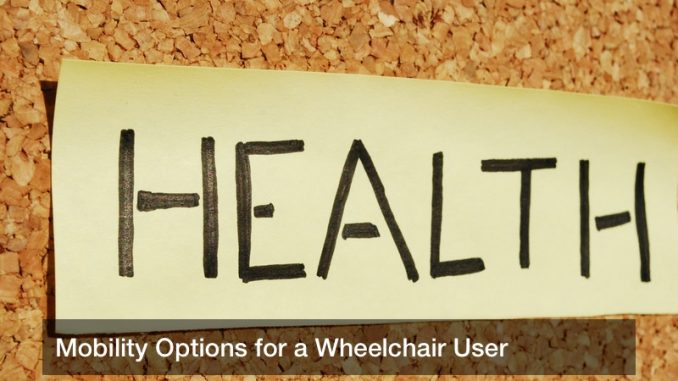

Disabilities are conditions that may limit a person’s functions of one sort or another, and disabilities tend to be either physical or mental ones. Physical disabilities may limit a person’s capacity for mobility, performing paying work, or even self-case, but this may vary. Personal injuries or conditions may be slightly, moderately, or severely restrictive of a person’s capacity to function, and they may need only a little accommodation in daily life or perhaps 24-hour care. The good news, meanwhile, is that while many Americans are currently physically disabled, accessibility for them is better than ever, and many vehicles, buildings, and more are designed to allow for inclusive travel and an accessibility for the physically disabled. Accessibility for public transport and buildings is often impressive, and many contractors are aware that disabled Americans may sometimes visit their constructed building for work or leisure. On top of that, many wheelchair features such as wheelchair hand rims, tires for wheelchairs, and more are readily accessible.
Americans and Physical Disabilities
How often do people live their lives (temporarily or not) with a disability? It is believed that 10% of the world’s population, around 650 million people, are living with a disability, and among the world’s poorest, that figure is closer to 20%. Other statistics show that in nations where the life expectancy is 70 years or higher, people spend around eight years (11.5% of their lifespan) living with a disability of one sort or another. In fact, the American population of disabled adults is growing; from 2010 to 2016, the American civilian population living with disabilities rose from 11.9% to 12.8%. And among all Americans, 3.6 million people aged 15 and over are in a wheelchair for one reason or another, and among non wheelchair users, around 11.6 million people are using other mobility enhancement devices such as canes, walkers, and crutches.
What makes for a disability? The U.S. Census Bureau has stated that a disability is defined through questions measuring six different categories: hearing, vision, cognition, capacity to walk or climb stairs, self-care, and finally, independent living. Often, someone will use a wheelchair because they are paralyzed in their legs (and possibly more of their body, too), or they are an amputee or their legs are broken and currently healing. Being in a wheelchair lowers a person’s stature and makes some terrain difficult to navigate with wheels, but accessibility is becoming easier each year for these people. How?
Accessibility for the Disabled
There are many ways to make society easier for the physically disabled to navigate. Many sidewalks and curbs are designed so that they have gentle slopes. This makes it much easier for someone in a wheelchair to go up and down these slopes and avoid the rough jostling of going down a curb otherwise. And these ramps may exist on a larger scale; many buildings now have wheelchair accessibility ramps, which are a smooth incline that lead from the sidewalk or a parking lot and to a building’s doors. Such ramps may be near, but separate from, the building’s front steps and should be used only by wheelchair-bound individuals. Older buildings may be refitted with such ramps to allow for wheelchair accessibility, and newer ones may be built with them to begin with.
What is more, even vehicles may be designed so that the disabled may easily get on board and exit them. While someone with a cane or even crutches may navigate the steps to get onto a bus, someone in a wheelchair needs a different route. In this case, the bus may have a motorized platform that may lower itself and allow the wheelchair-bound passenger to position themselves onto it. The platform will have the horsepower needed to lift the wheelchair-bound passenger and place them in the bus’s passenger area, and the reverse may be done when the passenger is ready to exit again. The bus’s passenger area will have open, dedicated floor space where the wheelchair-bound passenger may ride, and other passengers may be discouraged from taking up that space. Dedicated parking spots will be painted blue, and they have large areas on the sides to provide room for wheelchair-bound people to enter and exit vehicles and move in between them. Regular parking spots are much too narrow for this.